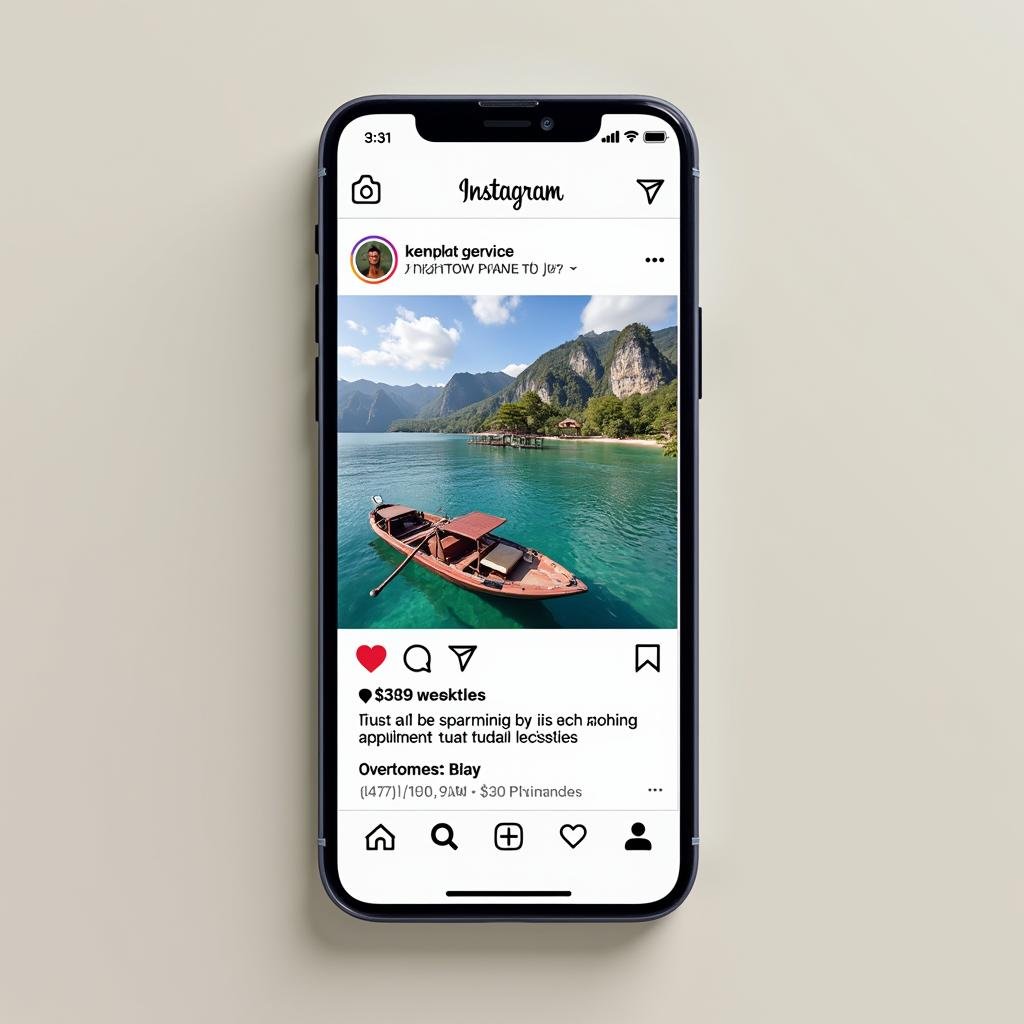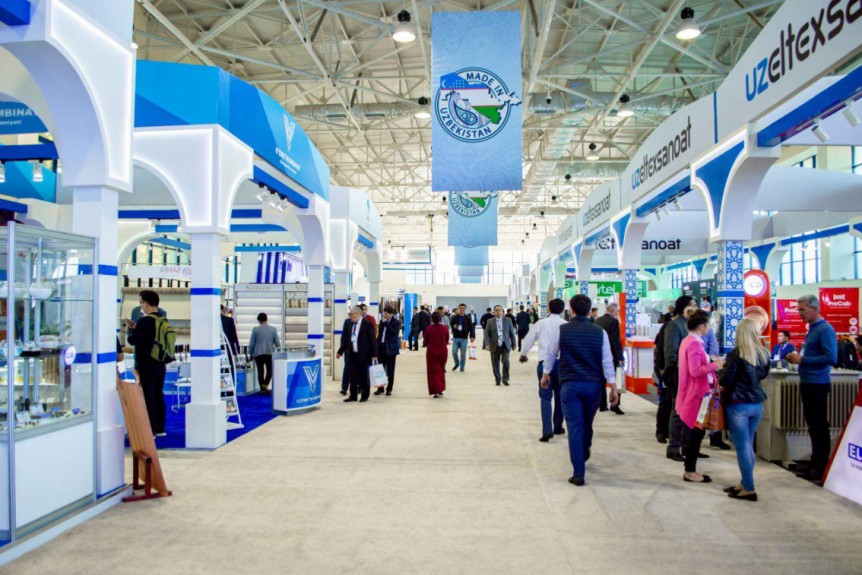In today's world, where people are constantly looking for vivid experiences, travel and new horizons, travel companies face tough competition. Targeting has become one of the most effective promotion tools in this area. This is a precise, personalized approach to in an ad, which allows you to reach the right audience at the right time. Let's find out how to properly use targeting to promote travel services.
The foundation of targeting: understanding the target audience
Before starting an ad campaign, it is important to understand who your customers are. Travelers are different: some are looking for adventures in the mountains, others dream of a beach holiday, others - about a gastronomic tour. To effectively set up targeting, analyze your audience based on the following criteria::
- Interests. This can be adventure, relaxation, historical excursions or shopping tours.
- Location. Determine where your audience lives and what areas are most interesting to them.
- Age. Young people prefer active recreation, and more mature clients often choose comfortable tours.
- Ability to pay. Some travelers are ready for economy options, while others are ready for premium services.
The better you understand your audience, the more accurately you can set up your ad campaign.
Using targeting platforms
- Facebook and Instagram. Here you can set up ads based on your interests, age, place of residence, and even previous search queries. These platforms allow you to create visually appealing ads with photos of beaches, hotels, and attractions.
- Google Ads. Contextual advertising in search results and on YouTube helps capture the attention of users who are already looking for certain tours or routes.
- TikTok and Pinterest. If your audience is young, use these platforms for inspiring videos and travel ideas.

Personalize your travel offers
Modern targeting should be as accurate as possible. Customers appreciate it when ads serve their interests. Use the following approaches for personalization::
- Offer tours based on past requests. If the client was interested in tours to Europe, show the best routes and promotions.
- Use retargeting. Serve ads to people who have already visited your site or added a tour to their shopping cart, but haven't completed their purchase.
- Include seasonality. For example, promote ski tours in winter and beach vacations in summer.

Visual content as the key to success
-
Tourism is about emotions, and nothing evokes emotions like high-quality visual content. In targeted advertising for travel companies, it is important to use vivid photos and videos with views of nature, hotels, and tourist attractions.
Don't forget to add creative elements:
- Video reviews of tours to show customers what to expect.
- Reviews from customers who have already traveled with your company.
- Virtual tours of hotels and routes.
Working with travel trends
Adapt to current trends in the world of travel. For example, they are now popular:
- Eco-tours and sustainable tourism. Show how your suggestions take care of nature.
- Individual routes. Emphasize the ability to adapt the tour to the client's needs.
- Local travel. Local tourism has become an important part of the industry.
Focus on these trends to make your ads look modern and relevant.
Analytics and testing
Effective travel targeting is impossible without regular data analysis. Constantly monitor the metrics of your ad campaigns:
- Track which ads attract the most attention.
- Determine which content format is best converted to sales.
- Experiment with different audiences to find the most appropriate one.
Setting up ads is a process of trial and error, and only regular analysis will help you achieve maximum results.








